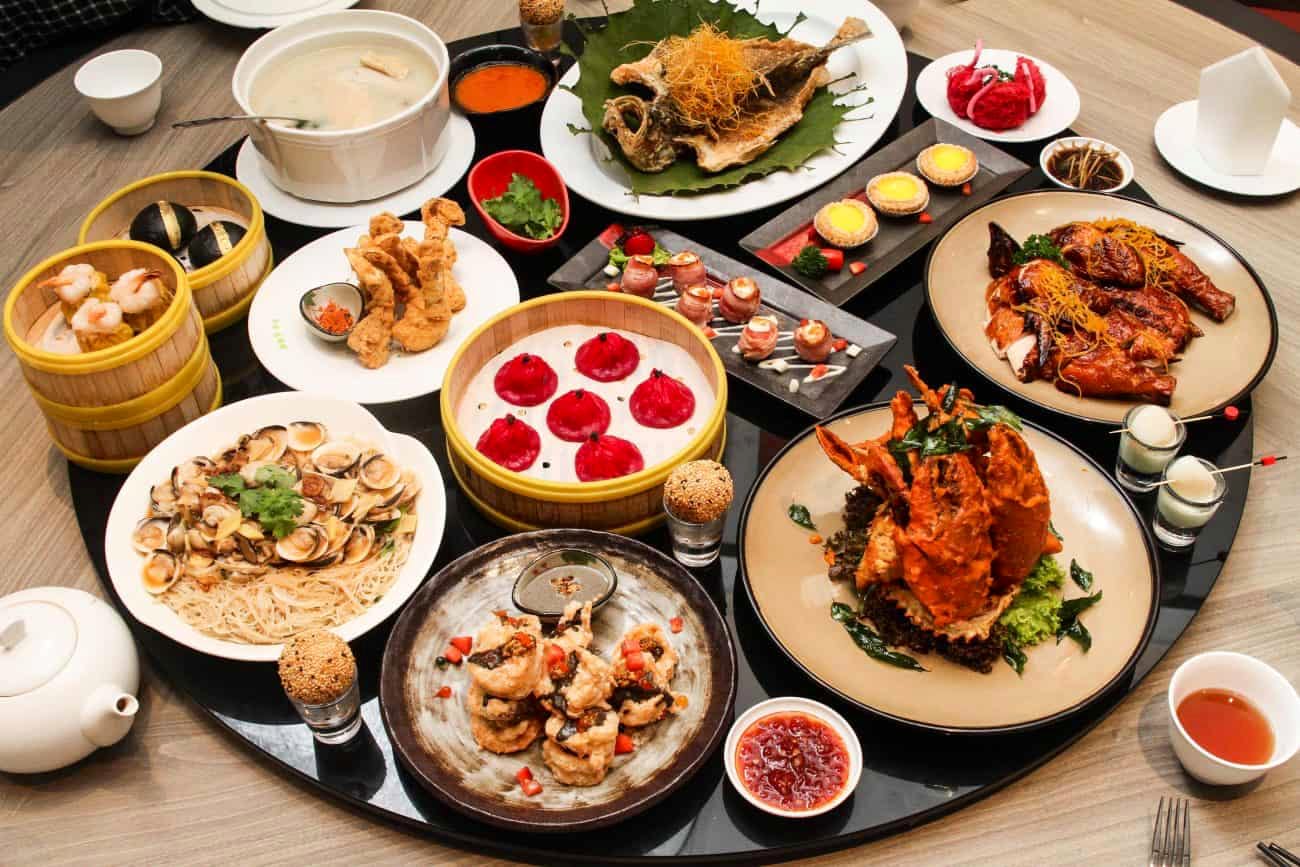Food fees have increased in China because of the ongoing trade dispute with the United States and difficulties inside its home agricultural region. President Xi Jinping has requested the Chinese humans to start a cutting-edge “lengthy march,” a reference to the exhausting one-year journey taken by using Communist Party forces in 1934. Increasing food prices are likely to be at least one of the hardships that Chinese human beings can be asked to endure.
Comment
China is the arena’s’ biggest wheat, rice, and beef manufacturer and the biggest consumer of wheat, rice, sorghum, soybeans, and beef. However, it cannot produce enough of that merchandise to meet home demand and is predicated on international markets to compensate for the shortfall. As a result, it is the world’s’ biggest importer of rice, sorghum, and soybeans; the latter commodities are particularly used as feedstock for you. S . ‘ ‘s animal herds.

Media reports the attention on the improved expenses of beef (which cost 14 percent more than three hundred and sixty-five days in the past), fruit, and vegetables. Inflation has expanded meal fees by 6.1% during the last year. Given the continuation of tariffs on grain imports, it is possible that the price of different commodities will also upward thrust in the coming months.
China imposed price lists on US grains in 2018, which caused a substantive decline in the quantity of grain imported from the United States. Since the imposition of these price lists, other challenges have emerged within the Chinese agricultural zone. An outbreak of fall armyworm (also called American armyworm) was detected in August 2018, and the pest has unfolded across the southern provinces. However, African Swine Fever, a sickness that afflicts pigs, is not transferable to people and has also swept across the United States. There is no acknowledged therapy, and the only solution is to cull inflamed animals and impose quarantines on affected farms.
According to official records, pig stocks are down by over 20, consistent with the cent. However, independent analysts advocate that supply might be more than 40 in line with cents lower than regular. Rabobank, a multinational banking firm focusing on agriculture, estimates annual pork manufacturing may be 30 percent lower in 2019. Such a loss is equivalent to Europe’s’ annual beef supply and is 30 percent larger than the yearly production in the US. The Chinese Ministry of Agriculture and Rural Affairs estimates that the price of beef should increase by way of 70, consistent with cent by way of the cease of 2019.
Agricultural analysts argue that a discount in pork availability will call for other protein sources. In all likelihood, the charges of beef, hen, and eggs may even rise. Rabobank believes that ”this may bring about an internet delivery hole of just about 10 million metric lots in the total 2019 animal protein deliver.” If that occurs, other proteins’ costs may also rise, similarly placing pressure on Chinese clients. Global meat charges are also anticipated to boom as China imports more protein from the worldwide marketplace.
Likewise, the home grain supply is hazard from the spread of fall armyworm, an invasive caterpillar affecting nearly one hundred plant species. Fall armyworms cause the most destruction to cereal crops, including wheat, barley, and corn. The pest has been detected in China’s’ southern provinces and is predicted to hurt corn manufacturing.
China is the arena’s’ second-largest producer and purchaser of corn, particularly used for animal feed and ethanol production. Corn manufacturing is generally sufficient to satisfy home demand; however, in 2018, it fell short for the first time in seven years. It should use alternative corn for Australian barley to preserve animal feed shares, as it has done in the past. However, its anti-dumping investigation into Australian barley can hinder that option. The anticipated result is a growth in corn imports over the subsequent decade, as the domestic supply fails to keep up with the call. While it can increase imports from the US, tariffs such as ninety percent on American grains and lower than ordinary plantings in maximum US agricultural regions could pressure China to search for different options. Brazil and Argentina are two possible alternatives, but they’re unlikely to be in a function to satisfy all of China’s’ demands. Consequently, it’s feasible to be left with few options other than importing from America.
All warning signs advise that Chinese food charges will keep rising, with low- and center-elegance customers anticipated to shoulder the maximum burden. While that would lead to expanded anxiety amongst citizens and further encourage them to impeach the capacity of the Communist Party to manipulate the economic system, it is unlikely to cause significant complaints of the regime or its method to the alternate dispute with the United States.




